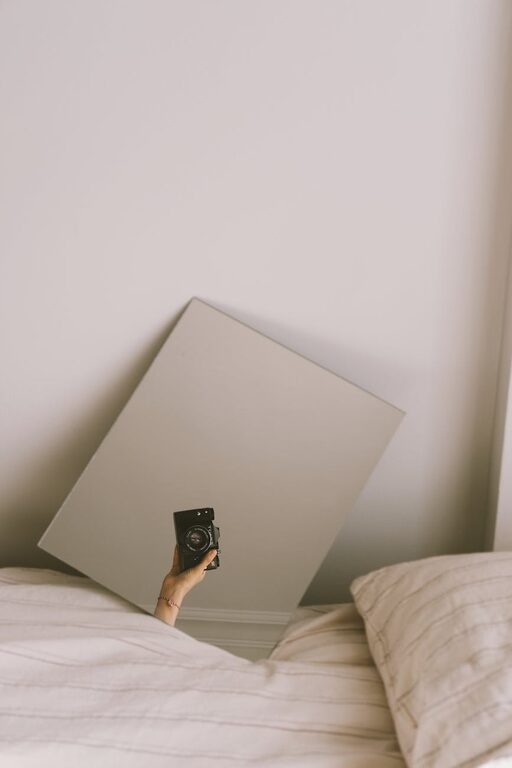Creating a peaceful and relaxing home environment often starts with the colors you choose for your walls and decor. Calm colors can transform any space into a sanctuary where you feel at ease after a busy day. But with so many color options available, how do you select the perfect shades that foster tranquility? This guide will walk you through essential tips for choosing calm colors that suit your personal style and enhance your home’s atmosphere.
Why Choose Calm Colors?
Calm colors are typically soft, muted, and balanced hues that don’t overwhelm the senses. They encourage relaxation, reduce stress, and create a sense of spaciousness. Whether you want a cozy bedroom, a serene living room, or a soothing bathroom, the right color palette can make all the difference.
Understanding Color Psychology
Before choosing your colors, it helps to know how different hues affect emotions:
– Blues: Often associated with calmness and stability; great for bedrooms and bathrooms.
– Greens: Evoke nature and balance; perfect for living rooms and kitchens.
– Neutrals: Such as beige, taupe, and soft grays, provide a relaxing backdrop and pair well with other colors.
– Lavender and soft purples: Promote tranquility and creativity.
– Pale pinks and peaches: Add warmth and comfort without being too bold.
Avoid colors that can feel too stimulating or harsh, such as bright reds, bright yellows, or intense oranges, especially in spaces meant for relaxation.
Tips for Choosing Calm Colors
1. Consider the Room’s Purpose
Think about how you want to use each room. Bedrooms benefit from colors that promote sleep and rest, like soft blues or muted greens. Living rooms might embrace warmer calm colors, such as warm grays or gentle taupes, encouraging friendly conversations and relaxation.
2. Test Samples in Different Lighting
Natural and artificial lighting can change the appearance of a color dramatically. Always paint large sample swatches on your walls and observe them at different times of the day before making a final decision. What looks calm in bright sunlight might feel dull or cold in dimmer lighting.
3. Use a Color Palette
Creating a balanced color palette ensures your calm colors work together harmoniously. A simple palette might include a main color, a secondary color, and an accent color. For calm rooms, consider soft blues as the main color, soft gray as secondary, and pale pink or cream accents.
4. Incorporate Texture and Natural Elements
Calm colors are beautifully complemented by textures and natural materials like wood, linen, and stone. These elements add depth and interest to a room without overpowering the serene color scheme.
5. Limit the Number of Colors
Too many colors can create visual clutter and reduce the calm effect. Keep your color scheme simple. Two to three main colors in varying shades often work best.
6. Choose Matte or Satin Finishes
Glossy finishes reflect a lot of light and can feel too bright or busy. Flat, matte, or satin paint finishes create a softer look that enhances the calming atmosphere.
Popular Calm Color Schemes
Coastal-inspired Blues and Whites
Soft blues paired with crisp white trims evoke the soothing feelings of the sea and sky, perfect for a coastal or beach-themed home.
Earthy Greens and Browns
Natural greens mixed with soft browns or taupes create an earthy, grounded vibe, helping you feel connected to nature indoors.
Soft Grays with Pastel Accents
A light gray base complemented with pastel shades like blush pink or lavender brings modern calmness with a hint of warmth and personality.
Warm Neutrals
Creams, beiges, and light browns feel inviting and cozy, ideal for creating calm living spaces that feel welcoming.
Final Thoughts
Selecting calm colors for your home is a wonderful way to enhance your daily comfort and create a peaceful retreat. Take your time exploring different options, testing samples, and envisioning how each color will make you feel. Remember, the best calm colors are the ones that resonate with your personal taste while promoting relaxation.
By following these tips and embracing soothing hues, you can turn any room into a serene oasis where you love to spend time.
Happy decorating!

